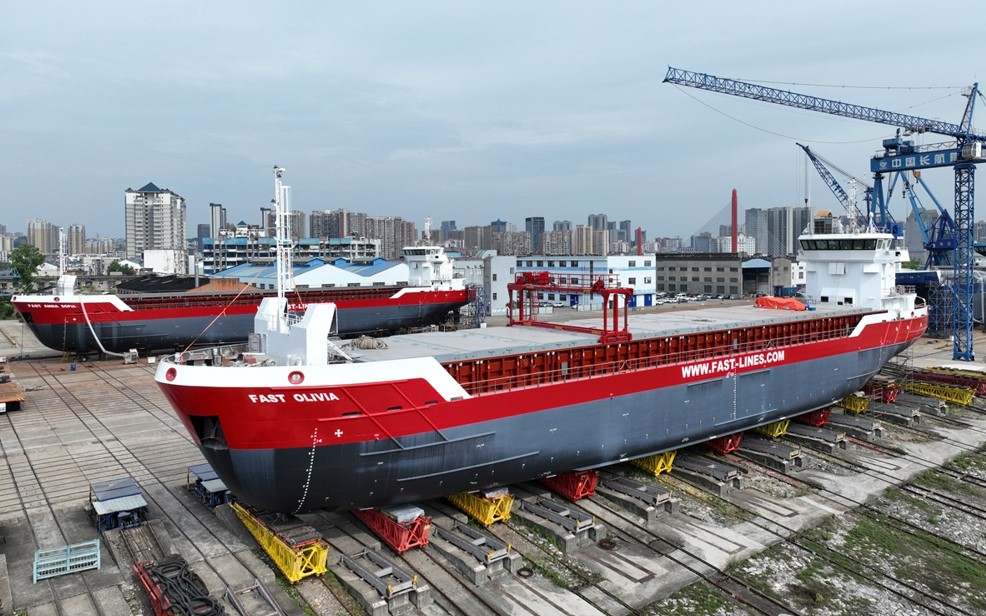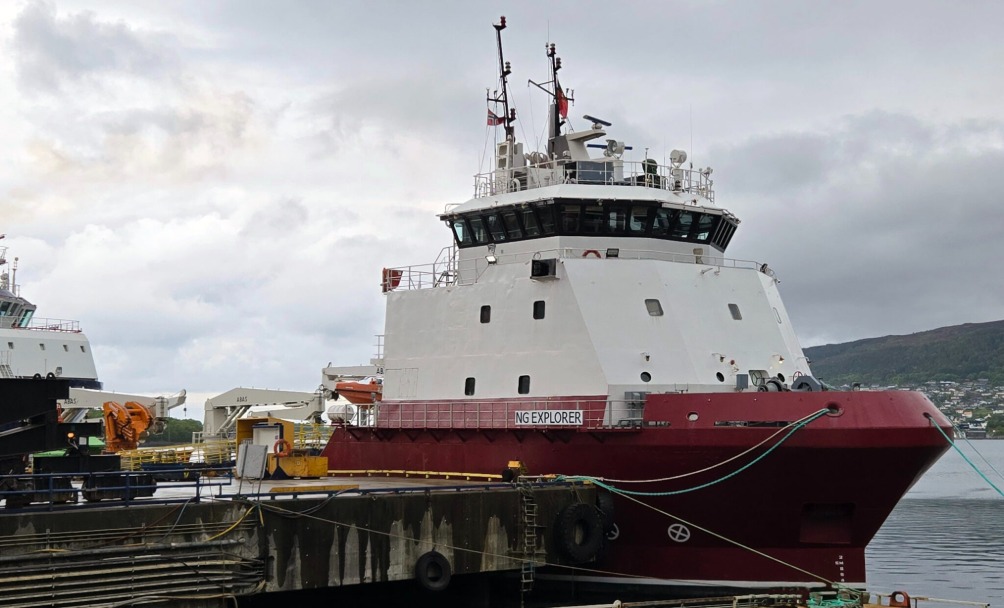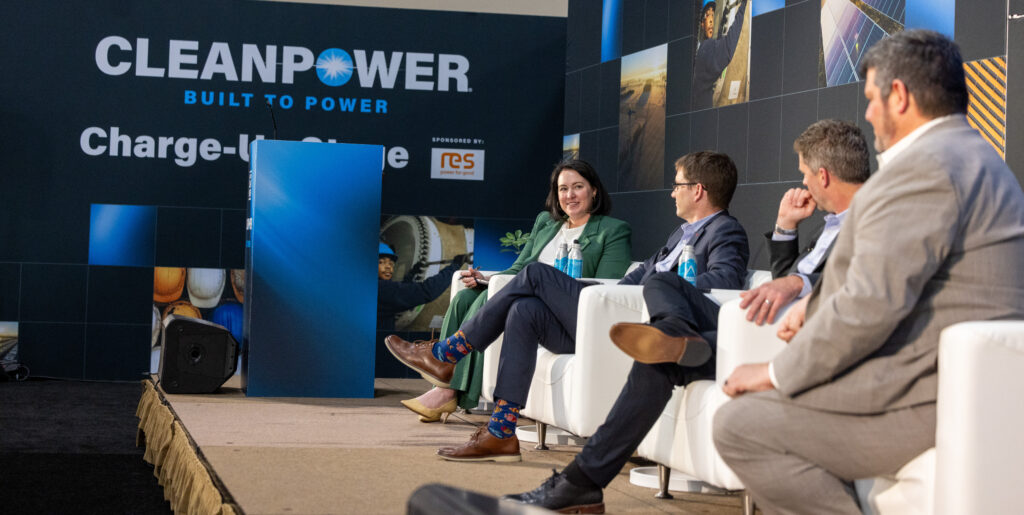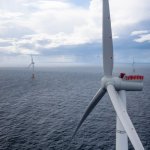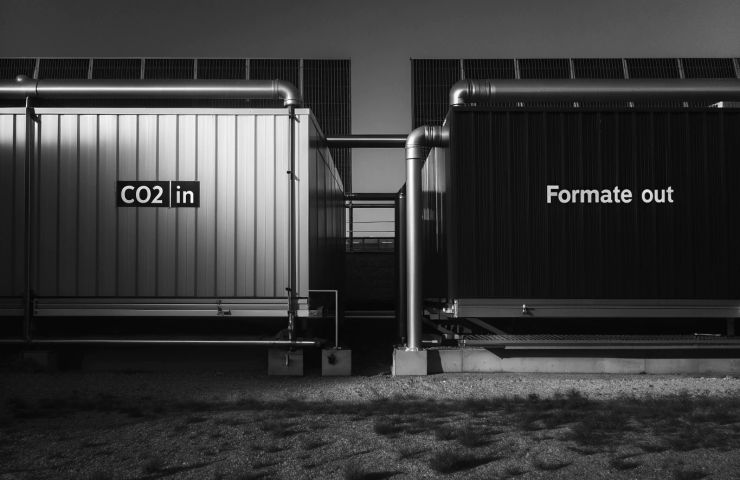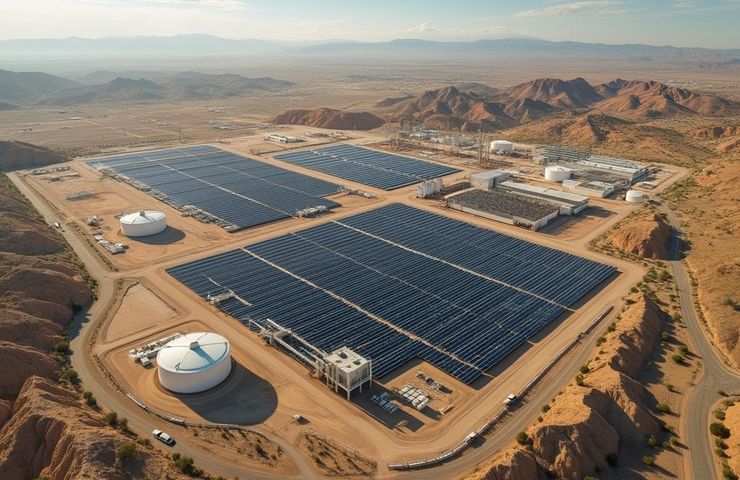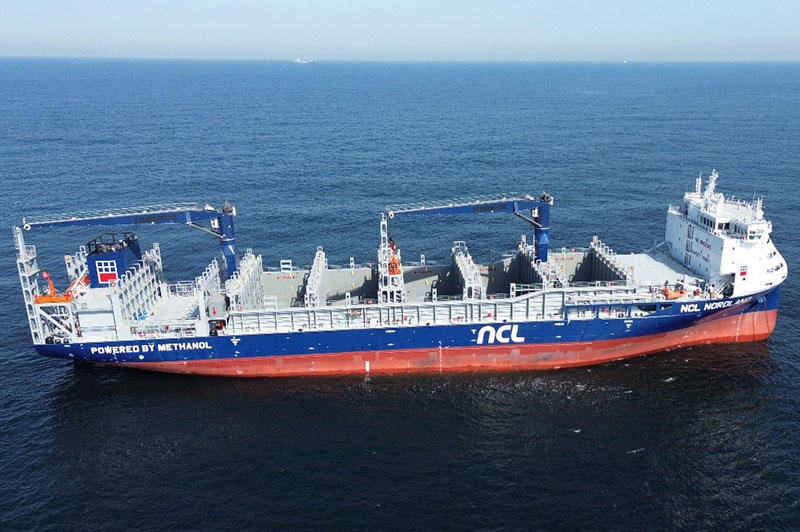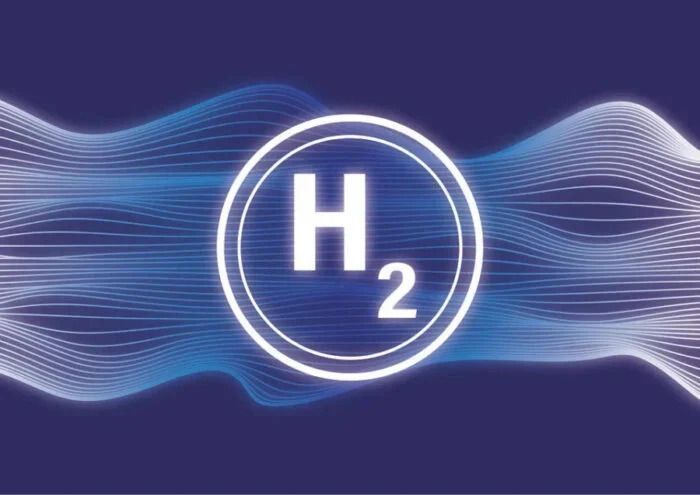Wind Hunter Vessel Achieves World’s First Onshore Supply of Ship-Produced Green Hydrogen
Japan’s maritime industry just hit a major milestone in the clean energy race. Mitsui O.S.K. Lines, Ltd. (MOL) pulled off…
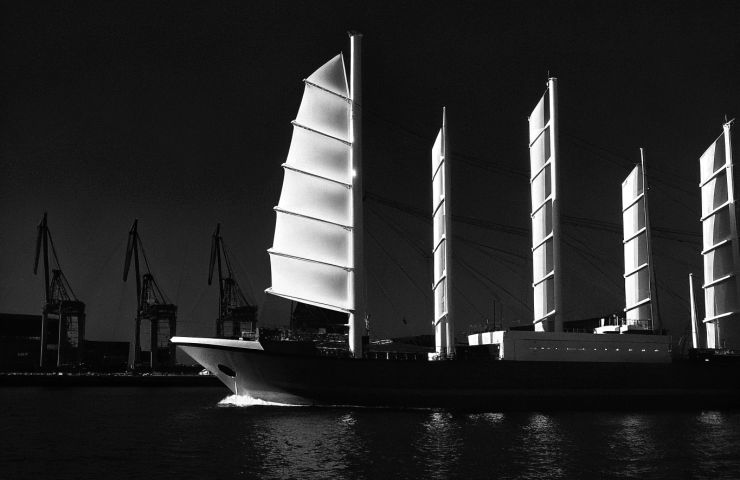

Japan’s maritime industry just hit a major milestone in the clean energy race. Mitsui O.S.K. Lines, Ltd. (MOL) pulled off something no one’s done before: successfully delivering green hydrogen from offshore production to land — all generated entirely at sea. The historic move, carried out aboard the Winz Maru demonstration ship in Tokyo Bay, marks a bold step toward Japan’s hydrogen-powered future and could serve as a game plan for decarbonizing global shipping.
A World-First for Hydrogen at Sea
This groundbreaking achievement is part of MOL’s Wind Hunter Project, a forward-thinking, zero-emission technology initiative that kicked off in 2020. The idea? Harness wind to propel the vessel while using that same energy onboard to split seawater and make green hydrogen. The hydrogen is then stabilized into methylcyclohexane (MCH), a portable, safe-to-handle hydrogen carrier that can be easily offloaded at the docks.
Following a series of successful test runs — first in Omura Bay between 2021 and 2023 and more recently in Tokyo Bay — the project finally achieved its biggest win: delivering hydrogen directly to onshore systems in March 2025. It’s a pivotal moment both technically and symbolically.
Backed by NEDO: A National Vote of Confidence
The project caught the attention of Japan’s New Energy and Industrial Technology Development Organization (NEDO), which officially selected Wind Hunter as a key part of its national research program. That’s no small feat, considering NEDO plays a major role in defining Japan’s energy R&D priorities. With their backing, Wind Hunter sits right at the heart of Japan’s push toward a carbon-neutral, hydrogen-based economy.
The Nuts and Bolts: How Wind Hunter Works
This isn’t just a clever science fair project — it’s a smart blend of tech and practicality. The Wind Hunter ship catches power from the wind, turns it into electricity on the spot, then runs electrolysis systems that pull hydrogen from seawater. That hydrogen is bonded into stable MCH right there on the vessel and stored for safe transport. It’s a complete, floating hydrogen production and delivery system.
On top of that, the vessel is designed for real-world use. It boasts adaptable sail systems for rough weather, smart routing to maximize wind efficiency, and plug-and-play power modules that help with fuel conversion and distribution. It’s built as much for functionality as it is for innovation.
This Isn’t Just Tech — It’s Strategy
With global pressure mounting to clean up the shipping industry — which, by the way, is responsible for nearly 3% of worldwide greenhouse gas emissions — Japan is making a calculated bet. Part of its national goal to hit net-zero by 2050 hinges on widespread industrial decarbonization, and hydrogen infrastructure is a cornerstone of that plan.
MOL’s been down this road before. Their earlier Wind Challenger project used rigid sails to cut down fuel use on cargo ships. But Wind Hunter takes it to the next level — it’s not just about using wind to move ships anymore; it’s about turning wind into fuel that can power everything from homes to power grids. It’s a full-circle energy solution, marrying the seas with land-based systems.
What Comes Next: Eyes on the 2030s
MOL is setting its sights on scale. The goal is to roll out full-fledged commercial hydrogen transportation vessels by the 2030s. Sure, there are still challenges to tackle — like scaling electrolyzers, building more hydrogen distribution networks, and making the economics work — but now that the proof-of-concept is out of the way, the path forward is a lot clearer.
The opportunities are massive: integrating green hydrogen into port networks, producing marine fuel while offshore, supplying power grids from the open sea, and helping coastal nations tap into renewables for exportable energy.
Why This Moment Matters
This isn’t some one-off demo — it could be a full-on turning point. By showing that it’s entirely possible to generate and deliver hydrogen at sea, Japan’s laying the groundwork for a new kind of energy system — circular, ocean-based, and renewable at its core.
In a world scrambling to cut emissions and build resilient energy networks, MOL and NEDO are showing us something big: that ships aren’t just for cargo anymore. They can be power plants, too — floating engines of a cleaner, more sustainable future.
What's Your Reaction?















